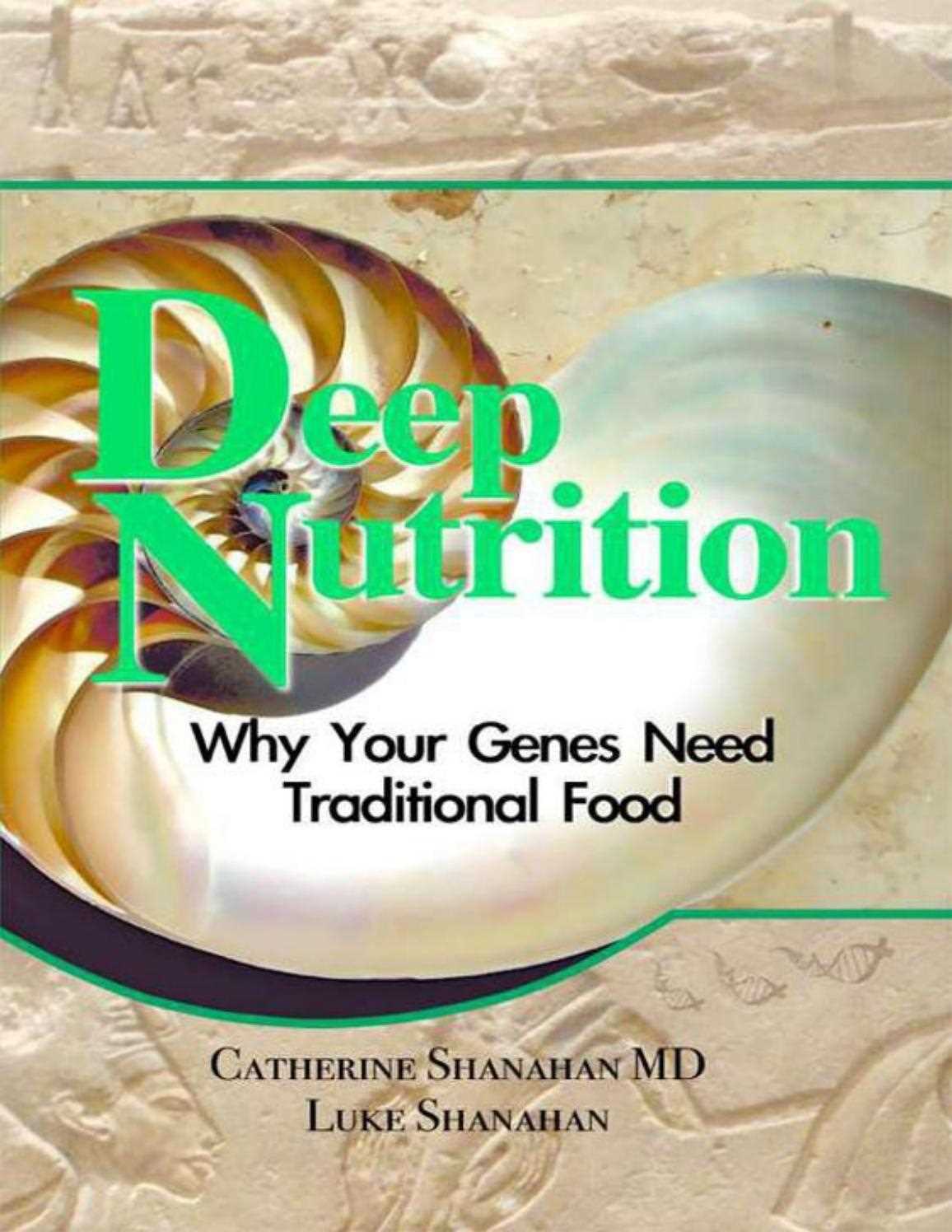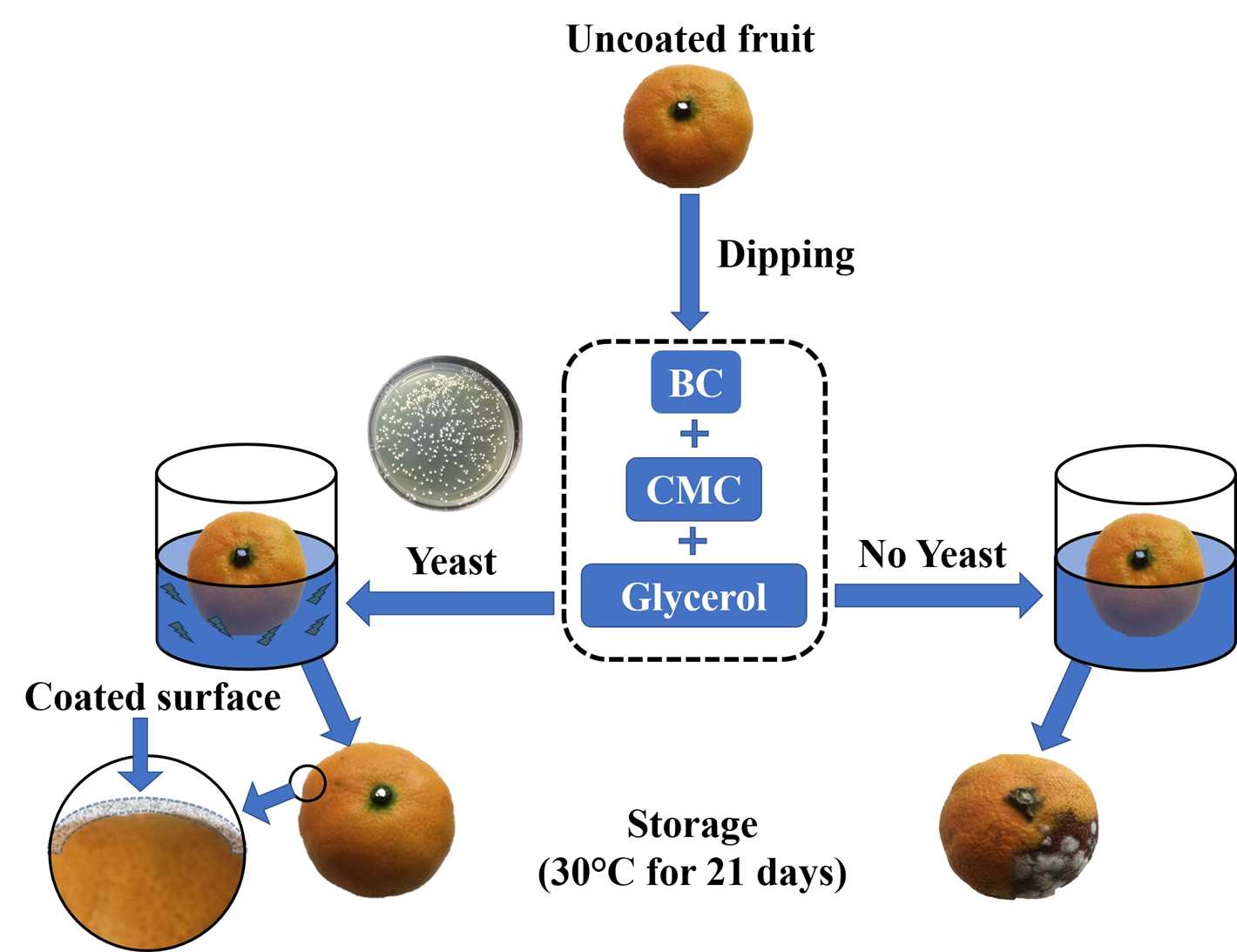- Understanding Vertex Rot and its Causes
- Causes of Vertex Rot:
- Preventing Vertex Rot:
- Importance of Calcium in Preventing Vertex Rot
- Calcium-Rich Foods for Your Fridge
- 1. Dairy Products
- 2. Leafy Greens
- 3. Beans and Legumes
- 4. Nuts and Seeds
- Incorporating Calcium-Rich Foods into Your Diet
- Dairy Products
- Leafy Greens
- Seafood
- Fortified Foods
- The Role of Vitamin D in Absorbing Calcium
- Other Nutritional Factors that Can Help Prevent Vertex Rot
- Lifestyle Changes to Support Calcium Absorption
- “Question-Answer”
- What is vertex rot and how does it occur?
- What are the symptoms of vertex rot?
- Can vertex rot be treated naturally?
- How do I prepare a calcium-rich solution for treating vertex rot?
- Are there any other natural remedies for vertex rot?
- How can I prevent vertex rot from occurring in the first place?
- “Video” Calcium Deficiency: 6 Warning Signs and Top Calcium-Rich Foods
Are you tired of dealing with the frustrating and often painful problem of vertex rot? Look no further than your own fridge for a simple and effective solution! We’re about to reveal a calcium-rich remedy that can help eliminate vertex rot naturally, without the need for harsh chemicals or expensive treatments.
Vertex rot, also known as crown rot or stem rot, is a common issue that affects a variety of plants, including succulents, cacti, and some houseplants. It is caused by a fungal infection that can leave your plants looking wilted, discolored, and generally unwell. But fear not, because we’ve found a natural remedy that can help restore your plants to their former glory.
The solution lies in one of the most basic ingredients found in your fridge – milk! That’s right, the calcium-rich properties of milk have been shown to have a powerful effect on combating vertex rot. Calcium is an essential nutrient for plant health, and by applying a milk solution to your affected plants, you can help provide them with the calcium they need to fight off infections and promote healthy growth.
Here’s how you can use milk to get rid of vertex rot: first, mix one part milk with two parts water. Then, using a spray bottle, apply the mixture to the affected areas of your plants. Be sure to cover both the top and bottom of the leaves, as well as any visible signs of infection. Repeat this process every week until the vertex rot disappears and your plants start to show signs of recovery.
Not only is milk a natural and effective solution for vertex rot, but it’s also easily accessible and inexpensive. So the next time you open your fridge and see that carton of milk, remember that it holds the key to bringing your plants back to life. Say goodbye to vertex rot and hello to healthy, thriving plants!
Understanding Vertex Rot and its Causes
Vertex rot is a common problem that affects many plants, especially those in the succulent family. It is a condition where the top part of the plant, known as the vertex, starts to decay and rot. This can lead to the plant becoming weak and eventually dying if not treated.
Causes of Vertex Rot:
There are several factors that can contribute to the development of vertex rot. Understanding these causes can help prevent the condition from occurring in the first place:
- Overwatering: One of the main causes of vertex rot is overwatering. When plants are watered too frequently or too much water is used, the excess moisture can accumulate at the base of the plant and cause rot.
- Poor drainage: If a plant is not planted in well-draining soil or if the pot does not have proper drainage holes, water can become trapped and lead to the development of rot.
- Fungal or bacterial infections: Fungi and bacteria can infect the vertex of a plant and cause rot. This can happen if the plant is exposed to contaminated soil or if the plant is injured, providing an entry point for the pathogens.
- Inadequate air circulation: Lack of airflow around the plant can create a humid environment that is conducive to the growth of fungi and bacteria, increasing the risk of vertex rot.
- Physical damage: Any form of physical damage to the vertex, such as cutting or bruising, can make the plant vulnerable to infection and rot.
Preventing Vertex Rot:

Fortunately, vertex rot can be prevented by taking the following precautions:
- Proper watering: Ensure that you water your plants appropriately, allowing the soil to dry out between waterings. Avoid overwatering and make sure the soil has sufficient drainage.
- Use well-draining soil: Plant your succulents in a soil mixture that allows excess water to drain away easily.
- Avoid overcrowding: Provide enough space between your plants to encourage good air circulation.
- Maintain clean gardening tools: Use clean and sterile tools when handling plants to minimize the risk of introducing pathogens.
By understanding the causes of vertex rot and taking appropriate preventive measures, you can ensure the health and longevity of your plants and avoid the need for calcium-rich solutions hidden in your fridge!
Importance of Calcium in Preventing Vertex Rot
Calcium is an essential mineral that plays a crucial role in preventing vertex rot in plants. Vertex rot is a common condition that affects the growing tips of plants and is characterized by the death and decay of these parts.
There are several reasons why calcium is important in preventing vertex rot:
- Cell wall strength: Calcium is necessary for the formation and maintenance of strong cell walls in plants. It helps to provide structural support and rigidity to the growing tips, reducing the risk of rot.
- Enzyme activation: Calcium plays a key role in activating enzymes in plants, which are responsible for various biological processes. Proper enzyme function is essential for the overall health and growth of plants, including the prevention of vertex rot.
- Nutrient uptake: Calcium helps to improve nutrient uptake in plants. It plays a crucial role in maintaining the balance of other essential nutrients, such as potassium and magnesium, which are also important in preventing vertex rot.
It is important to ensure that plants receive an adequate supply of calcium to prevent vertex rot. This can be achieved through proper soil management and supplementation. Regular soil testing can help identify any deficiencies and guide the application of calcium-rich fertilizers or amendments.
Additionally, incorporating calcium-rich sources into the plant’s diet can also help prevent vertex rot. This can include using calcium-rich additives, such as crushed eggshells or bone meal, as well as ensuring the plant’s water source contains sufficient calcium.
| Additive | Calcium Content |
|---|---|
| Crushed Eggshells | Approximately 94% calcium carbonate |
| Bone Meal | Approximately 20-30% calcium |
| Limestone | Varies, typically contains high levels of calcium carbonate |
By ensuring plants have access to sufficient calcium, gardeners can help prevent vertex rot and promote healthy plant growth. Incorporating calcium-rich additives and managing soil nutrient levels can go a long way in maintaining optimal plant health and preventing this common condition.
Calcium-Rich Foods for Your Fridge

Calcium is an essential mineral that plays a vital role in maintaining strong and healthy bones and teeth. Including calcium-rich foods in your diet is important for overall bone health. Here are some calcium-rich foods that you can easily incorporate into your daily diet:
1. Dairy Products
- Milk – a glass of milk contains approximately 300 mg of calcium.
- Cheese – Parmesan cheese is particularly high in calcium, providing around 336 mg per ounce.
- Yogurt – Greek yogurt is an excellent source of calcium, with about 200-300 mg per serving.
2. Leafy Greens

- Kale – a cup of cooked kale contains about 180 mg of calcium.
- Spinach – one cup of cooked spinach provides approximately 240 mg of calcium.
- Collard greens – a cup of cooked collard greens contains about 268 mg of calcium.
3. Beans and Legumes
- Soybeans – half a cup of cooked soybeans contains around 130 mg of calcium.
- White beans – a cup of cooked white beans provides about 130 mg of calcium.
- Chickpeas – a cup of cooked chickpeas contains approximately 80 mg of calcium.
4. Nuts and Seeds

- Almonds – an ounce of almonds contains about 75 mg of calcium.
- Chia seeds – one tablespoon of chia seeds provides around 77 mg of calcium.
- Sesame seeds – a tablespoon of sesame seeds contains approximately 88 mg of calcium.
Remember to include a variety of these calcium-rich foods in your diet to ensure you are getting enough calcium for strong and healthy bones!
Incorporating Calcium-Rich Foods into Your Diet
Calcium is an essential mineral that plays a vital role in maintaining bone health, nerve function, and muscle contraction. Incorporating calcium-rich foods into your diet can help prevent deficiencies and promote overall well-being. Here are some delicious and nutritious options to consider:
Dairy Products
- Milk: A glass of milk is an excellent source of calcium, providing about 300 milligrams per cup.
- Yogurt: Greek yogurt and regular yogurt are high in calcium and also contain probiotics that promote gut health.
- Cheese: Hard cheese varieties like cheddar and Parmesan are great sources of calcium.
Leafy Greens

- Kale: This nutrient-dense superfood is loaded with calcium, vitamin K, and other essential nutrients.
- Spinach: Spinach is not only a good source of calcium but also contains iron and antioxidants.
- Collard Greens: These greens are packed with calcium, vitamin A, and vitamin C.
Seafood

- Sardines: These tiny fish are not only rich in omega-3 fatty acids but also a good source of calcium.
- Salmon: Along with its heart-healthy omega-3s, salmon provides a decent amount of calcium.
- Shrimp: Shrimp is low in fat and calories but still contains a good amount of calcium.
Fortified Foods
- Fortified Cereals: Many breakfast cereals are fortified with calcium, making them an easy way to boost your intake.
- Fortified Plant Milks: Plant-based milk alternatives like almond milk or soy milk often have added calcium.
- Fortified Tofu: Some varieties of tofu are fortified with calcium, making them an excellent option for vegans and vegetarians.
Incorporating these calcium-rich foods into your diet can help ensure you’re getting the recommended daily intake of this essential mineral. Remember to pair them with vitamin D-rich foods or get enough sunlight exposure, which aids in calcium absorption. Consult with a healthcare professional for personalized advice regarding your calcium needs.
The Role of Vitamin D in Absorbing Calcium
Vitamin D plays a critical role in the absorption of calcium by the body. It is an essential nutrient that is necessary for maintaining strong and healthy bones. Without adequate levels of vitamin D, the body cannot efficiently absorb calcium from the diet, resulting in a deficiency and potential health issues.
Vitamin D is unique among vitamins because our bodies can produce it when exposed to sunlight. When ultraviolet B (UVB) rays from the sun interact with the skin, a chemical reaction occurs, converting a cholesterol compound into vitamin D3. This form of vitamin D is then converted to its active form in the liver and kidneys, where it becomes a hormone called calcitriol. Calcitriol is responsible for regulating the absorption of calcium and phosphorus in the intestines.
In addition to sunlight, vitamin D can also be obtained from certain foods. Some dietary sources of vitamin D include fatty fish like salmon and mackerel, fortified dairy products, egg yolks, and mushrooms. However, it can be challenging to obtain adequate amounts of vitamin D from food alone, especially for individuals with limited sun exposure or those who follow strict diets.
Vitamin D works together with calcium to promote bone health. Calcium is a mineral that is essential for building and maintaining strong bones and teeth. When calcium is consumed, it needs to be absorbed by the body in order to be utilized effectively. This is where vitamin D comes into play. Vitamin D stimulates the production of proteins in the intestines that help transport calcium across the intestinal lining and into the bloodstream.
Once in the bloodstream, calcium can be transported to bones and teeth, where it is deposited and used for building and maintaining their structure. Calcium also plays a role in muscle function, nerve transmission, and hormone regulation.
Without sufficient levels of vitamin D, the body cannot effectively absorb calcium, leading to a condition known as hypocalcemia or calcium deficiency. This can result in weakened bones, increased risk of fractures, and conditions such as osteoporosis. In children, a lack of vitamin D can cause rickets, a condition characterized by weak and deformed bones.
It is important to maintain adequate levels of vitamin D to ensure proper calcium absorption and overall bone health. Regular sunlight exposure, a balanced diet, and, if necessary, vitamin D supplements can help achieve and maintain optimal levels of this crucial nutrient.
Other Nutritional Factors that Can Help Prevent Vertex Rot
- Potassium: Potassium is an essential nutrient that helps maintain healthy cell function in plants. Including potassium-rich foods in your diet can help prevent vertex rot. Good sources of potassium include bananas, potatoes, and leafy greens.
- Magnesium: Magnesium is another important nutrient for plant health. It plays a key role in photosynthesis and proper nutrient absorption. Foods rich in magnesium that you can add to your diet include pumpkin seeds, almonds, and spinach.
- Vitamin C: Vitamin C is known for its antioxidant properties and can help prevent vertex rot by protecting the plant cells from damage. Citrus fruits, bell peppers, and strawberries are excellent sources of vitamin C.
- Boron: Boron is a trace mineral that is essential for cell wall formation and overall plant growth. Foods that are high in boron include avocados, dried apricots, and nuts.
- Zinc: Zinc is a micronutrient that aids in plant development and plays a role in enzyme activity. You can incorporate zinc into your diet by consuming foods like pumpkin seeds, chickpeas, and beef.
It’s important to note that while these nutritional factors can help prevent vertex rot, a balanced and varied diet is key to overall plant health. Including a variety of fruits, vegetables, nuts, and seeds in your diet will provide you with the necessary nutrients to support healthy plants.
Lifestyle Changes to Support Calcium Absorption

When it comes to maintaining healthy bones and preventing vertex rot, it is essential to support the absorption of calcium in your body. Here are some lifestyle changes you can make to ensure optimal calcium absorption:
- Increase Vitamin D Intake: Vitamin D plays a crucial role in calcium absorption. Spending time outdoors and getting sunlight exposure can help boost your vitamin D levels. Additionally, including vitamin D-rich foods like fatty fish, fortified dairy products, and egg yolks in your diet can also be beneficial.
- Eat Calcium-Rich Foods: Consuming foods that are high in calcium is essential for maintaining healthy bones. Include dairy products like milk, cheese, and yogurt in your diet. Non-dairy sources of calcium include leafy greens like kale and spinach, almonds, tofu, and fortified plant-based milk alternatives.
- Limit Caffeine and Alcohol: Both caffeine and alcohol can interfere with calcium absorption. It is recommended to limit the consumption of these substances to support optimal calcium absorption.
- Exercise Regularly: Engaging in weight-bearing exercises can help improve bone density and increase calcium absorption. Activities like walking, jogging, dancing, and weightlifting can be beneficial for your bone health.
- Avoid Smoking: Smoking has been linked to lower bone density and reduced calcium absorption. Quitting smoking can improve overall bone health and minimize the risk of vertex rot.
- Manage Stress: Chronic stress can negatively impact bone health. Find healthy ways to manage stress, such as practicing yoga, meditation, or engaging in hobbies that help you relax and unwind.
By making these lifestyle changes, you can promote calcium absorption in your body and support healthy bones, reducing the risk of vertex rot.
“Question-Answer”
What is vertex rot and how does it occur?
Vertex rot is a condition that affects plants, particularly those with succulent leaves or stems. It is caused by a bacterial or fungal infection that leads to the rotting of the plant’s tissue at the apex or the vertex. This can occur due to overwatering, poor drainage, or a lack of airflow around the plant.
What are the symptoms of vertex rot?
The symptoms of vertex rot include a softening or mushiness at the tip of the plant, discoloration or darkening of the affected area, and an unpleasant odor. The plant may also start to wilt or appear droopy.
Can vertex rot be treated naturally?
Yes, vertex rot can be treated naturally using a calcium-rich solution. Calcium helps strengthen the cell walls of the plant, making it more resistant to infections and rot. Additionally, improving the drainage and airflow around the plant can also help prevent and treat vertex rot.
How do I prepare a calcium-rich solution for treating vertex rot?
To prepare a calcium-rich solution, you can use crushed eggshells. Simply rinse and dry the eggshells, crush them into small pieces, and mix them with water in a 1:10 ratio. Let the mixture sit for a day or two, then strain it and use the liquid to water your plants.
Are there any other natural remedies for vertex rot?
Yes, there are other natural remedies for vertex rot. One option is to use a diluted hydrogen peroxide solution to treat the infected area. Another option is to apply a mixture of cinnamon and water to the affected plant. Both of these treatments can help kill the bacteria or fungus causing the rot.
How can I prevent vertex rot from occurring in the first place?
To prevent vertex rot, it’s important to avoid overwatering your plants and to ensure they have proper drainage. You can also improve airflow around the plants by spacing them out and removing any debris or dead leaves. Additionally, avoid overcrowding your plants, as this can create a humid environment that promotes the growth of bacteria and fungi.







